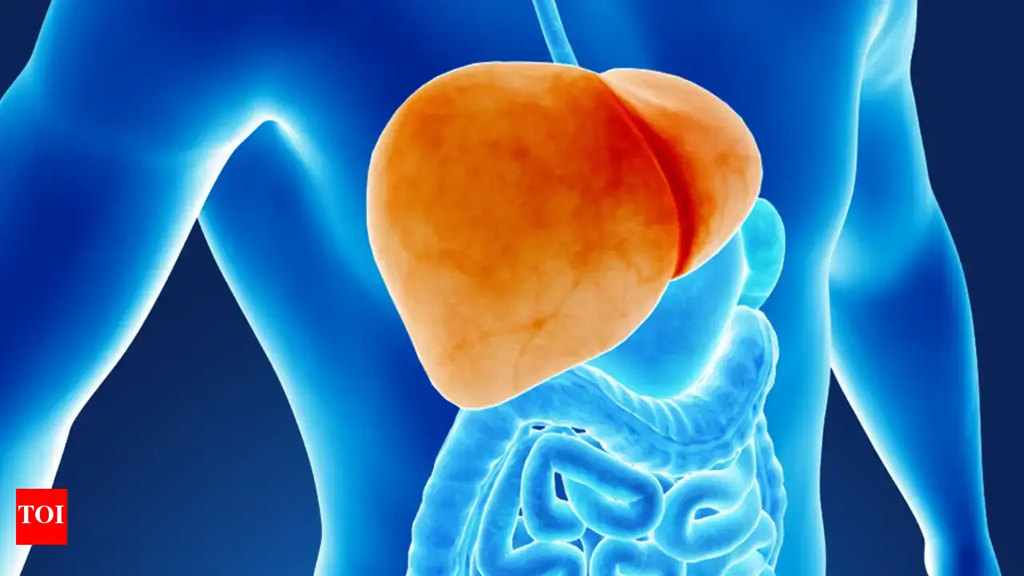
An expression analysis study has uncovered new genes linked to alcoholism, or alcohol use disorder (AUD). The novel differentially expressed genes (DEGs) were detected in two of the brain’s regions that have already been linked to alcoholism.
The GenOmics and Translational Research Center study was reported in Molecular Psychiatry and led by Caryn Willis, a bioinformatician at RTI International.
AUD affected approximately 28.6 million adults in 2021 in the United States, and there are 3 million deaths per year caused by this condition worldwide. The authors wrote, “AUD has 50–60% heritability, and hundreds of genome-wide significant variants have been identified for alcohol dependence, problematic alcohol use, and/or consumption.”
This team compared gene expression data from deceased individuals with and without AUD across two addiction-relevant brain regions: the nucleus accumbens (NAc) and dorsolateral prefrontal cortex (DLPFC).
They identified 176 differentially expressed genes (DEGs)—12 in both regions, 78 in NAc only, 86 in DLPFC only for AUD. After meta-analyzing with published data, they identified 476 AUD DEGs (25 in both regions, 29 in NAc only, 422 in PFC only). Of these DEGs, 17 were significant when looked up in GWAS of problematic alcohol use or drinks per week.
The top five DEG genes identified by meta-analysis of overlapping genes across the NAc samples were ODC1, ZNF844, ARRDC3, FAM225A, and GUSBP11, and across the PFC samples were TXNIP, ODC1, HMGN2, SLC16A9, and SLC16A6.
The team also identified more than 400 drug compounds that target DEGs from their meta-analysis in NAc and PFC, respectively. They thus identified AUD-associated DEGs, contributing novel neurobiological insights into AUD and highlighting genes targeted by known drug compounds, generating opportunity for drug repurposing to treat AUD.
They wrote, “As a more complete picture is emerging for specific genetic variants underlying AUD and related phenotypes, the gene regulatory landscape associated with AUD remains largely unknown. Filling this critical gap will define potentially new neurobiological mechanisms associated with AUD and assist in the identification of possible new drug targets to treat AUD.”
Exposure to alcohol is known to increase dopamine levels via effects on dopaminergic neurons that originate in the midbrain and project into forebrain regions with NAc and prefrontal cortex (PFC) being most relevant to reward processes and addiction. Disruption of the dopamine system in the NAc has been described as lying at the core of addiction.
Dopamine release into the NAc is regulated by the PFC and PFC dysfunction is associated with impulsivity, compromised executive function, and increased engagement in risky behavior. Thus, the NAc and PFC are distinct, yet interrelated brain regions with functions highly relevant to the molecular mechanisms of AUD.
The team also conducted gene ontology enrichment and gene co-expression analyses to determine mechanisms of DGE in AUD and are looked up our AUD-associated DEGs in drug repurposing databases to identify existing pharmacotherapies that might target AUD.








![Best Weight Loss Supplements [2022-23] New Reports!](https://technologytangle.com/wp-content/uploads/2022/12/p1-1170962-1670840878.png)




